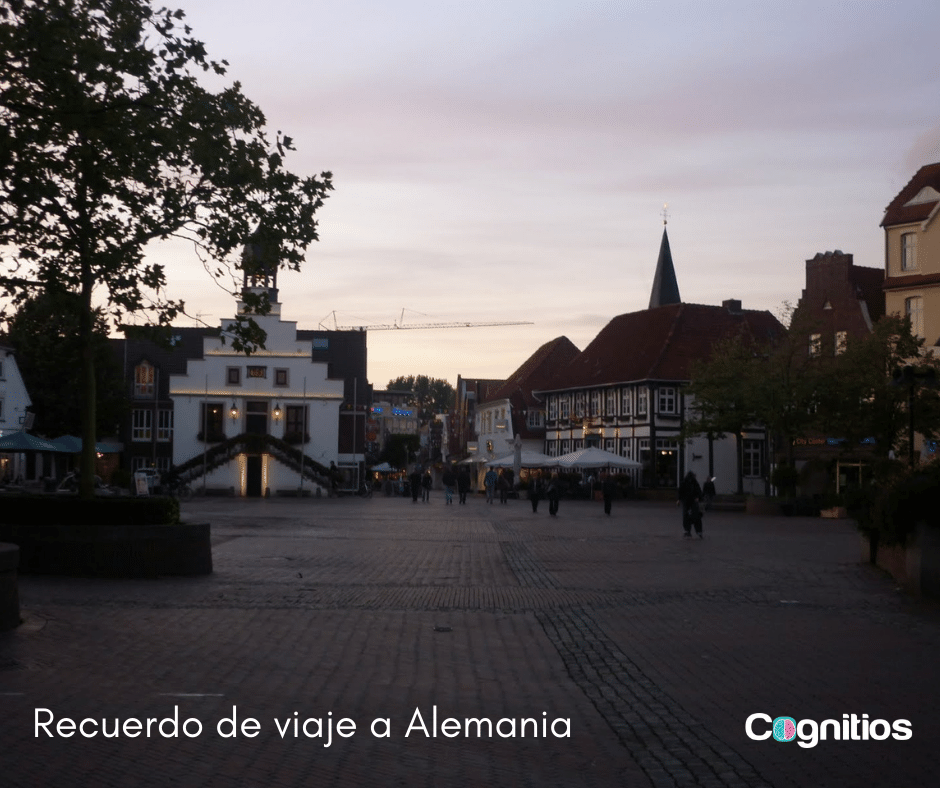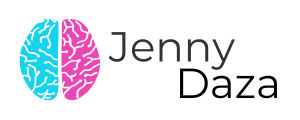Since college, I have been more into the technical part, but it is because I love algorithms and to make algorithms you must first analyze very well, that is perhaps my main skill. I still remember that algorithm that we had to do on paper on the calculation of exponential, I remember that I was the first to achieve it, that indescribable feeling of being able to do something that was difficult, challenging, there I discovered that I was in the right place, because the key to developing an algorithm is not in the algorithm itself, but in the analysis, only if you understand well the problem that they give you, the solution is visualized more clearly.

Some time later, when I was thinking about what I would work on for my thesis, I was excited to understand web semantics, back in 2006 it was not a very common topic (at least in my country), and I was fascinated to understand what was behind the social networks (then new) and how the semantic web helped to achieve connections between contacts. Unfortunately, I could not continue because the available advisor could not advise on that subject, since he did not know it and we looked for a more related subject, data mining, he already had projects on the subject, but we took it to the web level, we analyzed data from Hundreds of MB of web server (Apache) access logs to identify usage patterns of a website. There I began to learn about usability, about how the user’s paths are not the same as the ones we designed and that, just like in a park, they leave paths on the lawn that were not drawn by the architect.
Always, the concepts of usability and development are linked to me, because at that time I had to develop algorithms to identify patterns of use and thus be able to help the designer make decisions to improve the website. I remember that we tested the software on the university website, and we found the obvious (some of you would say that today) it turns out that those who were going to enroll in the semester, also checked the schedule for the new semester, and yes, it is obvious, but what happened is that the student had to go for two different workflows to do both related tasks, so the obvious was not designed ‘close’.

Once I graduated and like most systems engineers I looked for a job as a developer, it was still what I was good at, so it was the obvious. After 4 months of searching, I started in a great company of German origin, who believed in me as a novice developer (how to forget that date May 6, 2008).
In this company all the developers were men, the women were in testing, and most of the developers preferred the business and data layer, so a lot of the user interface work was started by me when I arrived, and well, like I already had solid knowledge in usability and I started to do things on the right track. A time when companies perhaps had graphic designers, but to make the icons, or the visual part, which in this case was in Germany offices.
However, the flows and the texts were not optimal and there, my team leader invited me to investigate more on the subject, it is how I came across the book About face 3 by Alan Cooper, did you know that he is one of the developers of the Visual IDE? BASIC? He also jumped from programmer to product designer, because at that time developers did everything. From this book, I learned how to improve the texts of our software and little by little they gave me the responsibility of designing the flows and the user interface.

The first app I designed at work is perhaps the ugliest design I’ve ever done, but I learned a lot, I had already read the theory, I knew about the goal-oriented process and I started applying it, but I did not have direct contact with the user, my sources were the stakeholders, on the one hand, someone who worked in support and training with the client, and, on the other hand, business experts. In the end, what happened? I remember a meeting to talk about how to present a list of services, and one of them said to me, ‘have you seen how an iPod shows the songs?’ (Yes, the iPhone was just beginning its path) And well, a first great lesson, the consumer user is not the same as the worker user, another great lesson is not to take the ‘designs’ or ‘ideas’ of the stakeholders literally, those are inputs and one still has to analyze further. At that time, my role was developer, but I was already starting my work in the area.
From there, I started to take more responsibilities in the design of the application in terms of user interface, and well, I also developed it. That’s why I started to prepare information about the interaction design process and how we should incorporate the role into our software development process, this gave me the opportunity to travel, to train in San Francisco, to go to the main headquarters of the company in Germany. It is perhaps one of the most important achievements in my career, and also personally, because where I come from, I never imagined that I would travel for work, much less to Europe or the United States. It is a company where I spent almost 8 years of my life, it was a whole university and I will be grateful for allowing me to take initiatives, for being able to propose, for being able to try different roles in the team and allow me to lead projects and learn to make decisions.
One of those decisions was to find my own path, here with Cognitios, a company I founded in 2016, with the aim of continuing to contribute to bringing technology closer to those who use it and not being an obstacle, on the contrary, when they use it feel relieved because technology has helped them, for example, it helps them at work so, they have been able to go home earlier.
And well, here we are, if you want to know the services that I am offering, I invite you to visit the main page or if you want to know more about who we are as a company, you can visit cognitios.co, I hope to have the pleasure of supporting your projects.

